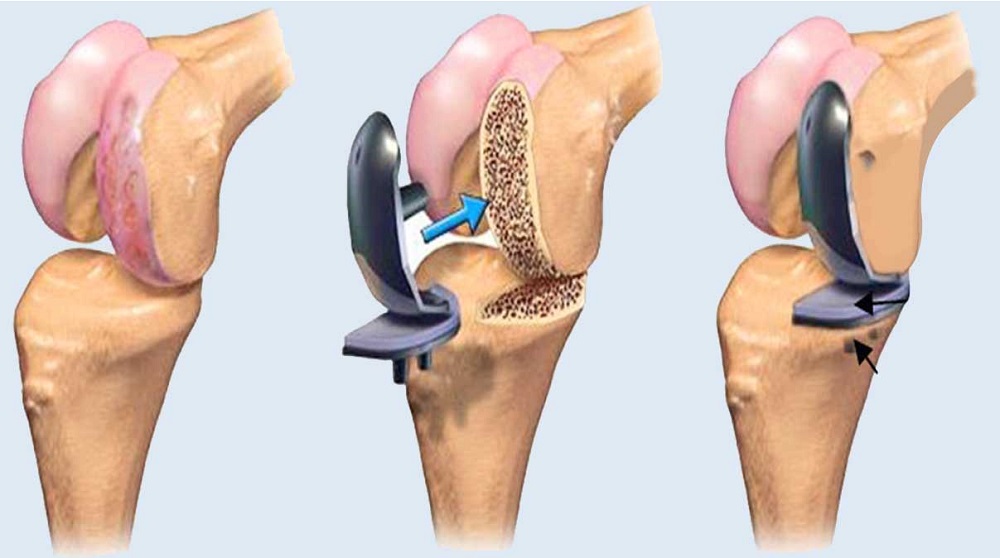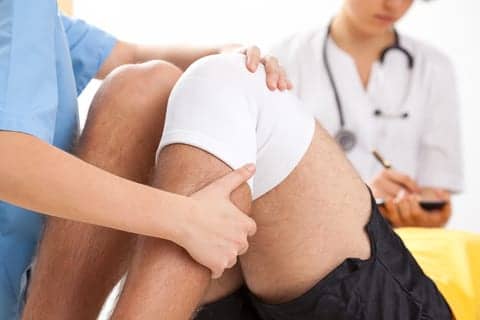Joint Replacement Surgery addresses mobility issues, enhancing quality of life by restoring the freedom to enjoy daily activities.
Explore the impact of Joint Replacement Surgery on restoring mobility and improving the quality of life. Learn about the transformative solution that addresses mobility issues and enhances overall well-being.
Joint Replacement Surgery
Joint replacement surgery, also called arthroplasty, is a surgical procedure in which a damaged or diseased joint is replaced with a prosthesis. The most usual joints targeted for replacement are the hip and knee, but they can as well be performed on other joints like the shoulder, elbow, and ankle.

Building up Mobility and Easing Pain
Joint replacement surgery aims to relieve pain and restore mobility, empowering individuals to resume activities impacted by conditions like osteoarthritis or joint trauma. By replacing damaged joints, surgeons alleviate pain, enabling patients to regain independence and lead a healthier life.

Enhancing Quality of Life
Experience a life transformed with joint replacement surgery. Relieve pain, regain mobility, and rediscover the joy of daily activities. Whether it’s climbing stairs, enjoying hobbies, or playing with loved ones, our expert care at Glyraorthopaedics empowers you to live life to the fullest. Find freedom from joint pain and embrace a renewed sense of well-being.

Risks and Drawbacks of Joint Replacement Surgery
Although joint replacement surgery is normally safe and effective, there are possible joint replacement drawbacks like infection, blood clots, implant problems, joint stiffness, and nerve/blood vessel damage. Patients must know these risks, talk with their surgeon, and diligently adhere to the post-operative instructions. Daily check-ups and prompt reporting of unusual symptoms can help in the early detection and management of drawbacks.
Advancements in Joint Replacement Surgery
Throughout the years, joint replacement techniques and prosthetic designs have modernized significantly, improving surgical outcomes and patient satisfaction.

Some top advancements include:
Minimally Invasive Process:
Minimally invasive techniques use smaller incisions, leading to reduced tissue trauma, faster recovery, and less scarring. This Process minimizes blood loss, post-operative pain, and joint replacement complications, allowing patients to return to regular activities more swiftly.
New Implant Materials and Designs:
High-quality materials such as titanium and ceramics, together with improved designs, boost implant strength and biocompatibility and mimic natural joint movement leading to longer-lasting implants and high patient satisfaction.
Personalized Implants:
using 3D scanning and computer modeling, implants can be personalized to the patient’s anatomy, providing a precise fit and reducing complications such as loosening and dislocation.
Computer-Facilitated Surgery:
Computer-facilitated techniques enable surgeons to achieve greater precision at the time of joint replacement procedures. employing navigation systems and robotic-assisted surgery lets for more accurate alignment of the prosthetic materials, resulting in improved outcomes and better long-term function.
Rapid Recovery Protocols:
improved joint replacement recovery timeline protocols use a multidisciplinary approach, combining pre-operative education, modernized pain management, anesthesia techniques, and specialized post-operative rehabilitation services. These protocols reduce pain, lessen hospital stays, and faster rehabilitation, enabling patients to do their daily activities faster.

Conclusion
Discover the transformative power of joint replacement surgery at Glyraorthopaedics. Our expert team utilizes advanced techniques and materials to alleviate pain, restore mobility, and enhance your quality of life. Say goodbye to limitations and hello to a life of renewed vitality and possibilities. Find the best joint replacement surgeons near you today!
Know More About Advancements in Joint Replacement Surgery: Emerging Techniques and Their Benefits
Total Joint Replacement Surgery: Post-Procedure Rehabilitation.
